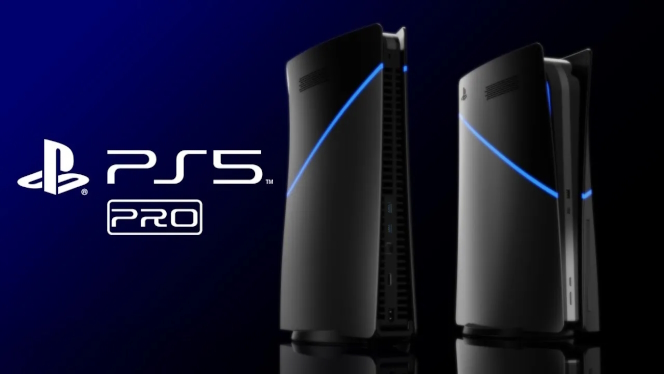The graphics chip, which promises to be 45% faster than the base PlayStation 5, could be a boon for games that make aggressive use of dynamic resolution.
Digital Foundry’s editors discuss the as-yet-unannounced half-generation console update in the video embedded below. They also discuss PlayStation Spectral Super Resolution (PSSR) upscaling technology and Ultra Boost Mode (which we covered in more detail earlier). The editors believe that the games that will see the biggest performance boost are those that use AMD FSR 2 upscaling.
Some examples include Star Wars Jedi: Survivor, Avatar: Frontiers of Pandora, Final Fantasy VII Rebirth, Final Fantasy XVI (blurry in performance graphics mode), Immortals of Aveum… but titles that also include an open variable refresh rate (VRR) mode may also see better performance. This is mostly the case with Sony’s own games (God of War: Ragnarok, Marvel’s Spider-Man 2, Ratchet & Clank: Rift Apart, The Last of Us: Part I, The Last of Us: Part II Remastered…).
If you’re playing a game that doesn’t use dynamic resolution and is already running at a stable 30 or 60 FPS, you won’t get a significant performance boost even with PSSR and Ultra Boost, so you’ll need a separate PlayStation 5 Pro patch to get the improved specs on the console alongside the truly improved performance. The PlayStation 5 Pro’s GPU will be a solution in GPU-limited scenarios, according to Digital Foundry, as many games tend to use more aggressive dynamic resolutions in these scenarios. Many titles on the PlayStation 5 are like this, but the PlayStation 5 Pro will provide a more stable experience.
The PlayStation 5 Pro hasn’t been announced yet, but it’s likely to be unveiled by Sony in the fall and (looking at the release dates of many other previous consoles) hit stores in November. How much will it cost?
Source: WCCFTech
















Leave a Reply